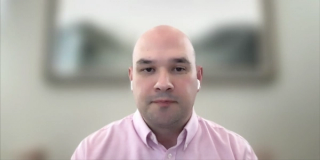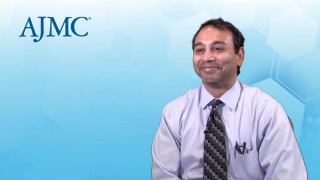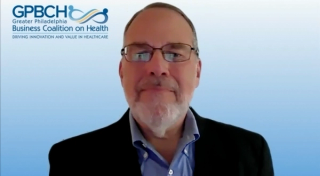
Providers
Latest News

Latest Videos

CME Content
More News

The FDA today approved efgartigimod alfa and hyaluronidase-qvfc for the treatment of adult patients with chronic inflammatory demyelinating polyneuropathy (CIDP).
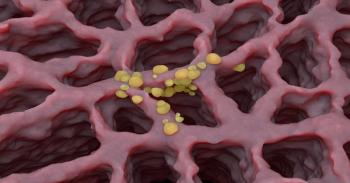
This investigation sought to expand knowledge of the impact of comorbid pulmonary hypertension (PH) on diagnosed non–small cell lung cancer (NSCLC), using data from adult patients treated at military hospital facilities within the US.
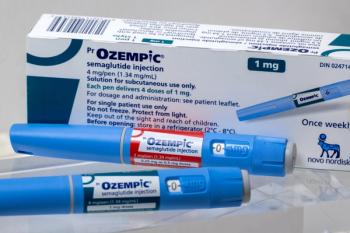
Taking falsified semaglutide (Ozempic; Novo Nordisk) can lead to ineffective treatment due to incorrect dosing, contamination, and the use of unknown ingredients, the World Health Organization (WHO) is warning.

A poster presented at the 2024 American Society of Clinical Oncology annual meeting argued the benefits that Medicaid expansion can bring to patients with melanoma.

People receiving hypomethylating agent (HMA) therapy spent 33 more days at home than people receiving anthracycline-based therapy in the first year after diagnosis.

"As a health care provider and as a psychiatrist, it's something that I think about first—instead of step therapy, when I have a patient with postpartum depression, this is what they need to be on," Rachel Dalthorp, MD, explains.

Older adults who had colorectal surgery were found to have reduced postoperative complications if they started the Geriatric Oncology Service.

This study provides a comprehensive review of both established and emerging prognostic markers in chronic lymphocytic leukemia (CLL), and their role in predicting disease, treatment response, and overall survival.
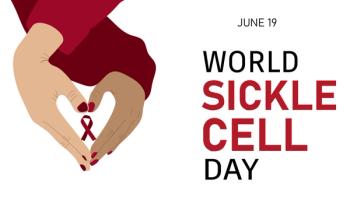
June 19 is marked as World Sickle Cell Awareness Day, granting the opportunity to reflect on the current state of treatment, access, equity, and more that impacts patients living with sickle cell disease.
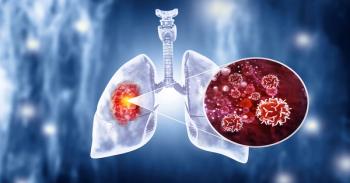
Encouraging trends were seen with osimertinib and platinum-pemetrexed chemotherapy in patients with EGFR-mutated advanced non–small cell lung cancer (NSCLC) in the phase 3 FLAURA2 study.
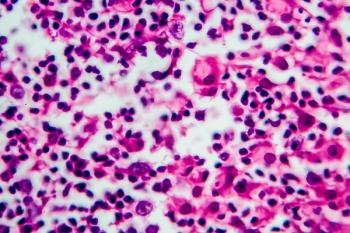
The treatment regimen not only significantly improved progression-free survival (PFS) for patients with advanced stage classic Hodgkin lymphoma but was also better tolerated compared with a 20-year-old regimen being used.

In part 3 of an interview, MD Anderson’s Ravin Ratan, MD, MEd, discusses neoadjuvant immune checkpoint blockade for 2 specific types of soft tissue sarcomas.

A Chinese study shows hypertension management led by nonphysicians can be safe and effective.
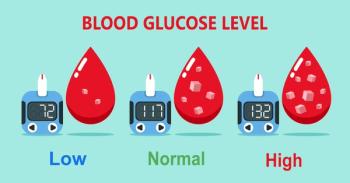
Notably, adolescents and young adults (AYA) living with type 1 diabetes (T1D) who reported more comfort with self-management tended to have worse glycemic control.

Two posters presented at the 2024 American Society of Clinical Oncology annual meeting revealed real-world data on the outcomes and management strategies associated with melanoma during pregnancy.
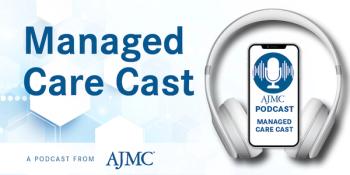
Kheir Mugwaneza, the lead project manager of the Immigrant and Refugee Health Program at Allegheny Health Network, discusses how the program is working to address gaps in care for this community.

At the 2024 American Society of Clinical Oncology annual meeting, an abstract presenting real-world data stressed the need for further research regarding the association between immunosuppressant medication and the development of skin cancer.

A cross-sectional, prospective study found that gray matter atrophy was more prevalent in patients with more severe progressive multiple sclerosis (MS) compared with those with less severe progressive disease.

Men are less likely than women to desire community when exercising, the authors found.
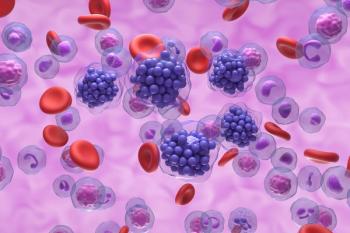
Case reports and systematic review found the combination of surgery, chemotherapy, and radiotherapy can effectively manage diffuse large B-cell lymphoma (DLBCL) associated with papillary thyroid carcinoma.

During the CMS Health Equity Conference, health care leaders shared groundbreaking strategies to integrate health equity into value-based care models, aiming to enhance patient outcomes and reduce costs.

Idiopathic pulmonary fibrosis (IPF), chronic obstructive pulmonary disease (COPD) and other interstitial lung diseases are more significantly associated with poor 30-day outcomes from COVID-19 compared with asthma.
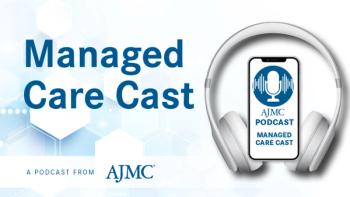
Continuing with our Pride Month podcast series, in this episode we speak with Perry Halkitis, PhD, MS, MPH, dean of the Rutgers School of Public Health, and James F. Dougherty, VMD, MS, current member of Rutgers' Board of Governors.

Amit Singal, MD, medical director of the Liver Tumor Program at UT Southwestern Medical Center, discussed the current outlook for patients with hepatocellular carcinoma (HCC) and how to choose between therapies.

Several experts that we spoke with for ASCO 2024 share their thoughts on why the American Society of Clinical Oncology annual meeting is so important to the field of oncology.





